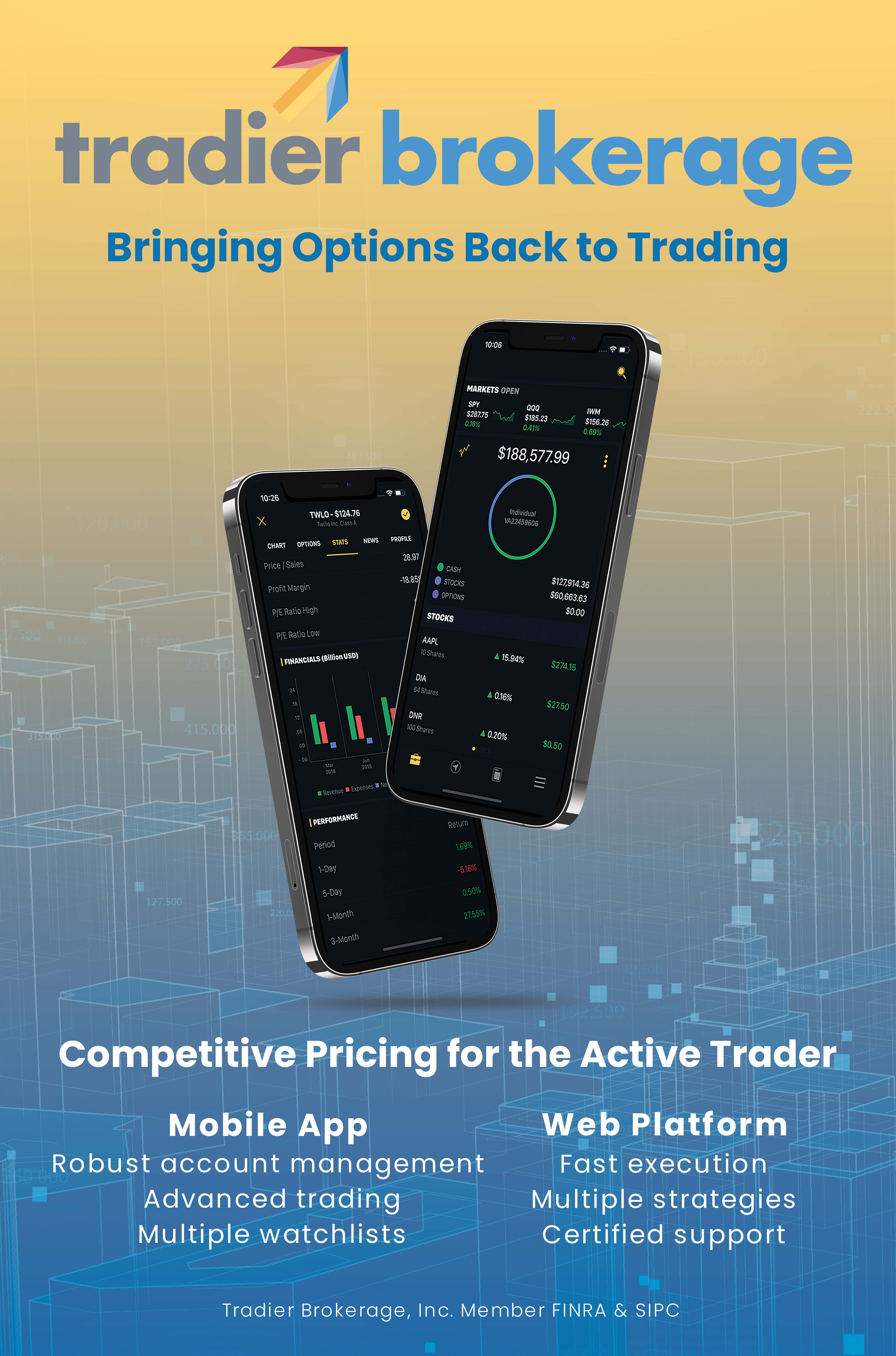Welcome to Stock Options 101
Our goal is to explain stock options in simple English. As you learn more, you will appreciate how difficult a task it is. People say that investing in stock is like playing checkers, while investing in options is like playing chess. We look forward to teaching you how to play the more complex game of stock options.
Are Stock Options Risky?
Most people would answer that question with a resounding “yes”. True, according to some studies, over half of all options that people buy end up being worth absolutely nothing. Nada! Tear up your ticket stub and walk away.
If buying options is such a bad investment, maybe a strategy of selling options to someone else would be a better idea. Let their loss be your gain. But there is a problem here as well – it is called selling a naked option, because that is how you feel for the whole time you have sold that option. You are facing a theoretical unlimited loss. You can lose many more times the amount you invested. At least when you bet on a horse, that is all you lose when he trips on his way to the finish line.
So if buying options is usually not a good idea, and selling them can be worse, it is easy to see why people decide that options are risky no matter what you do. It does not occur to most of them that a strategy of buying an option and simultaneously selling another option to someone else might be an entirely different story.
This website is designed to explain an options strategy that we believe is less risky than buying stock or mutual funds, and potentially a whole lot more profitable. We hope you will read through this material and learn to love the world of options as we do.
Why Trade Stock Options?
Stock options are exchanged for two main reasons: for speculation (adds risk) and for hedging (reduces risk).
Speculation
Stock options are a way of leveraging your money. This is usually done by buying call options. You are able to participate in any upward moves of a stock without having to put up all the money to buy the stock. However, if the stock does not go up in price, the call option buyer may lose 100% of his/her investment. For this reason, options are considered to be risky investments.
Hedging
Stock options can be used to considerably reduce risk. Put options are usually traded for hedging purposes. While hedging reduces risk, it also limits the amounts of gains you can make. Since most stock markets go up over time, and most people invest in stock because they hope prices will rise, there is more interest and activity in call options than there is in put options.


Follow Terry's Tips on Twitter
Like Terry's Tips on Facebook
Watch Terry's Tips on YouTube